The ceasefire between Israel and Hamas was under pressure on Wednesday after Israel said a body returned among the remains of hostages did not correspond to any of the captives.
The Israeli military said on Wednesday morning that one of four bodies repatriated late on Tuesday did not match any of the 21 still believed to be in Gaza.
Relatives identified the bodies of Uriel Baruch, Tamir Nimrodi and Eitan Levy, after the remains of Guy Illouz, Bipin Joshi, Yossi Sharabi and Daniel Peretz were returned on Monday. Hamas released all 20 living hostages still in its custody on Monday.
The Palestinian group handed back the remains of two more hostages on Wednesday, hours after the Israeli military revealed a body was not one of the hostages. The confusion added to tensions over the fragile ceasefire that has paused the two-year war.
The two bodies were transferred by the Red Cross from Hamas. After the coffins arrived in Israel, the military, in a statement, cautioned that the hostages’ identities had yet to be verified.
Hamas said in a statement that it has returned all the bodies it could reasonably recover and will require special equipment to hand over the remaining ones.
The Red Cross said the difficulties of finding bodies amid Gaza's rubble will cause delays. “That's an even bigger challenge than having the people alive being released. That’s a massive challenge," a Red Cross spokesperson Christian Cardon told Sky News.
Delays in the return of hostages’ bodies have sparked furious political reaction in Israel and caused anguish among the families who expected loved ones to be returned on Monday.
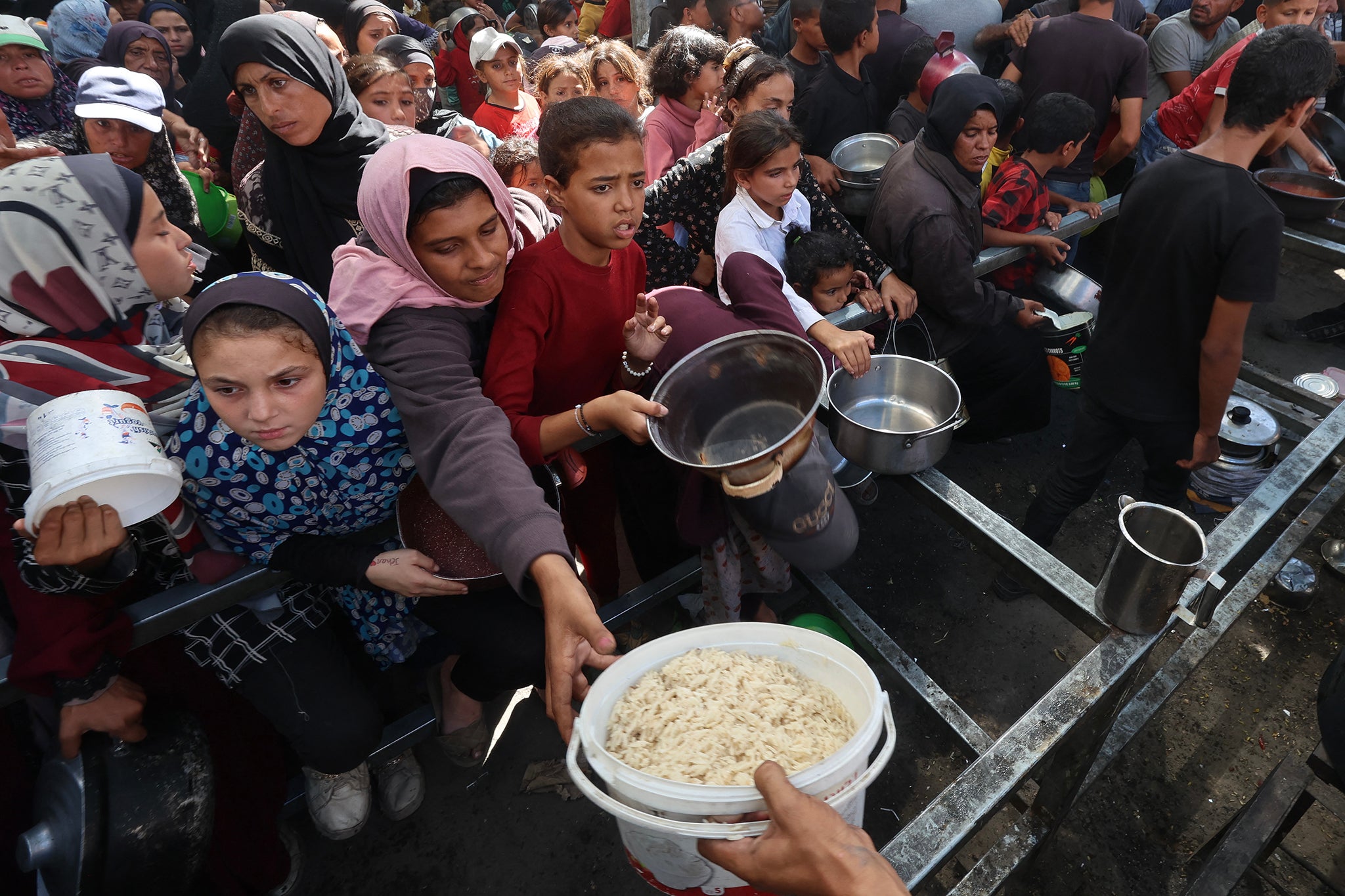
Israel’s extreme-right hawkish minister of national security, Itamar Ben Gvir, wrote on Telegram on Wednesday that “after opening the gates to hundreds of trucks, Hamas quickly returned to its well-known methods – lying, deceiving, and abusing families and bodies”.
“Nazi terror understands only force, and the only way to solve problems with it is to wipe it off the face of the earth,” he added.
US president Donald Trump has said he would consider allowing Israeli forces to resume fighting in Gaza if Hamas fails to uphold its end of the ceasefire deal.
"Israel will return to those streets as soon as I say the word. If Israel could go in and knock the crap of them, they’d do that," Mr Trump was quoted as saying to CNN in a brief telephone call when asked what would happen if Hamas refused to disarm.
Aid remains a delicate sticking point in the armistice, with Gaza’s ailing population still vitally in need of fuel, food, water and medicine.
Trucks were able to drive into Gaza at some crossings, but Israel kept the main Rafah crossing in the south closed after claiming that Hamas was returning bodies too slowly.
An Israeli security official told The Independent that the crossing would not open on Wednesday and that “no such agreement has been reached at any stage”, amid conflicting reports suggesting it would be open to convoys carrying aid.
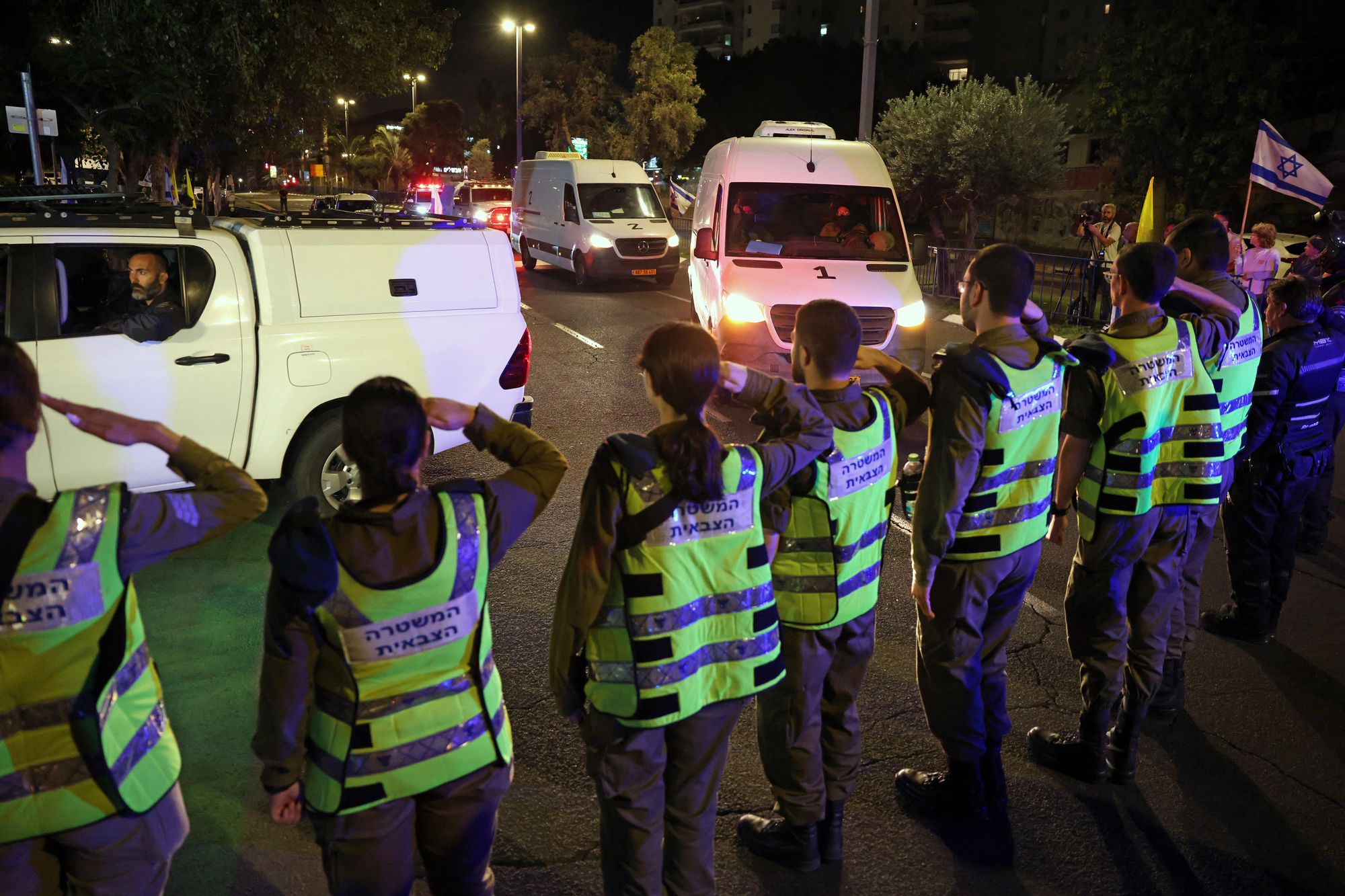
“The date for opening the crossing for the movement of people only will be announced later,” the source said.
Shosh Bedrosian, a spokesperson for Israeli prime minister Benjamin Netanyahu, claimed that humanitarian aid has “never stopped going into the Gaza Strip” despite United Nations agencies and international aid organisations repeatedly warning of the devastating impact of Israel’s intermittent full and partial blockade.
With the integrity of the ceasefire in question, Ms Bedrosian also stressed that Hamas is “required to uphold its commitments to the mediators and return all of our hostages”.
“We will not compromise on this, and we will spare no effort until our fallen hostages return, every last one of them,” she said.
Tamara al-Rifae, spokesperson for the UN’s Palestinian refugee agency Unrwa, told The Independent that at a “bare minimum”, they required 500 to 600 trucks of supplies to enter Gaza daily to meet the unprecedented needs of civilians who have been in the grips of a famine.
In order for that to happen, Ms Rifae said aid organisations need as many crossings open as possible, to prevent bottlenecks and delays happening due to the “cumbersome scanning and verification of their contents”.
Consequently, the closure of Rafah, one of the most important crossings into Egypt, where most major UN and aid agencies have warehouses of supplies, significantly impacts the delivery of aid.
“Having just two crossing open right now means that the ability to process the trucks is limited. It is not sufficient to process the number of trucks that this agreement stipulates, which was already reduced by Israel yesterday.”
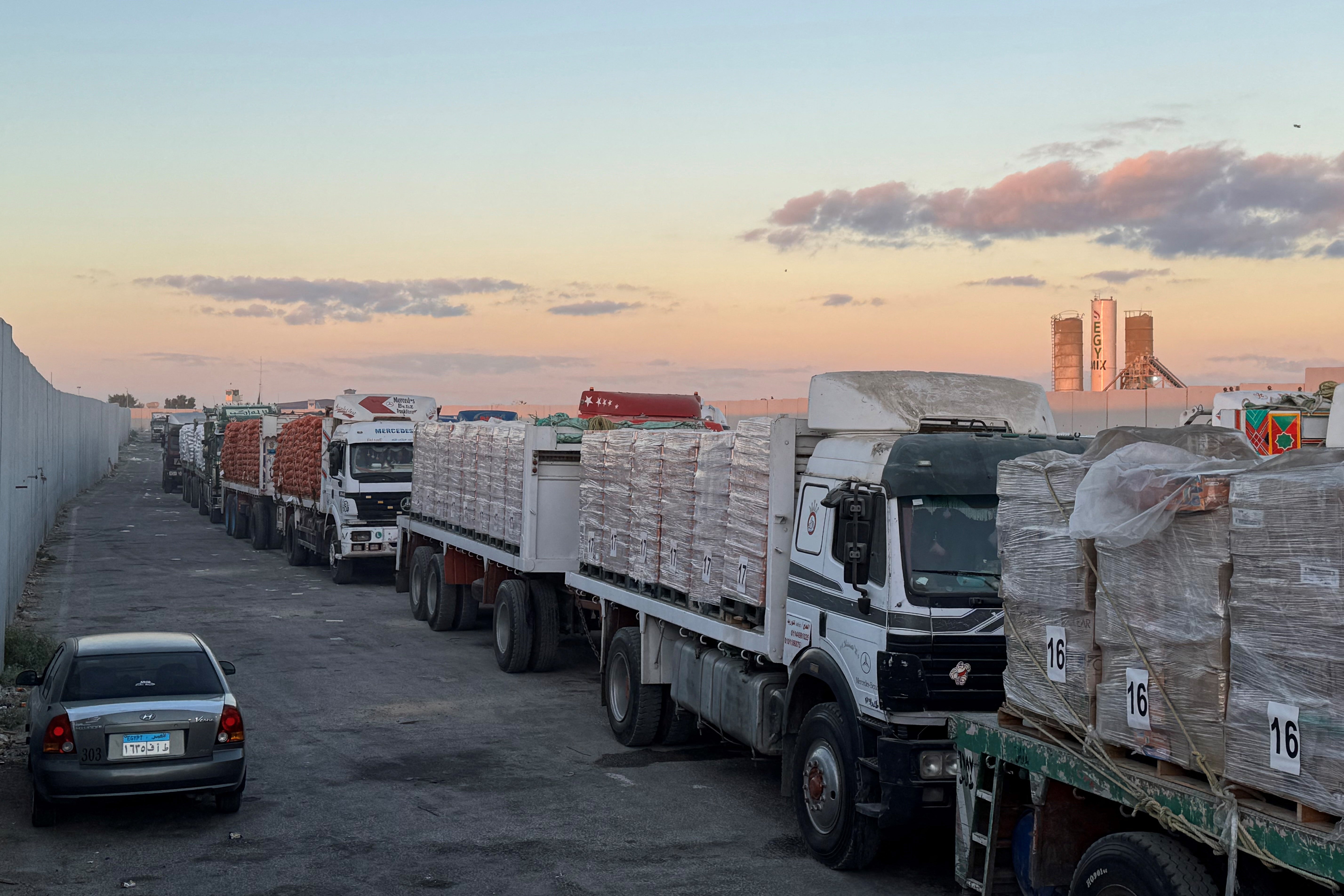
“By closing Rafah, all the goods in Egypt are going to have to do a detour to other crossings. Our call from the very beginning is [to] open all crossing points to enable the processing of an adequate level of humanitarian assurances, food and other urgent supplies to go in.”
While the full text of the ceasefire agreement has not been made publicly available, elements published by Israeli media seem to acknowledge that Hamas is unlikely to be able to retrieve all the bodies of deceased hostages within the stated timeframe.
Officials in Gaza, meanwhile, were still working to identify the bodies of 90 Palestinians now returned by Israel.
Dr Ahmed Duhair, director of forensic medicine at Gaza’s Nasser Hospital, which received the bodies, told The Independent they had not been provided with all of the names or details, or photos of the individuals.
He also said that most of the bodies were naked except for their underwear, and most of the cases had their wrists and ankles bound “with clear bruises and marks on their bodies, indicating that torture tools had been used”.
Two were blindfolded, while one had a rope around his neck.
Other officials within the hospital told CNN that there were signs of gunshot wounds, “while others have been run over by tanks”.

.jpeg)











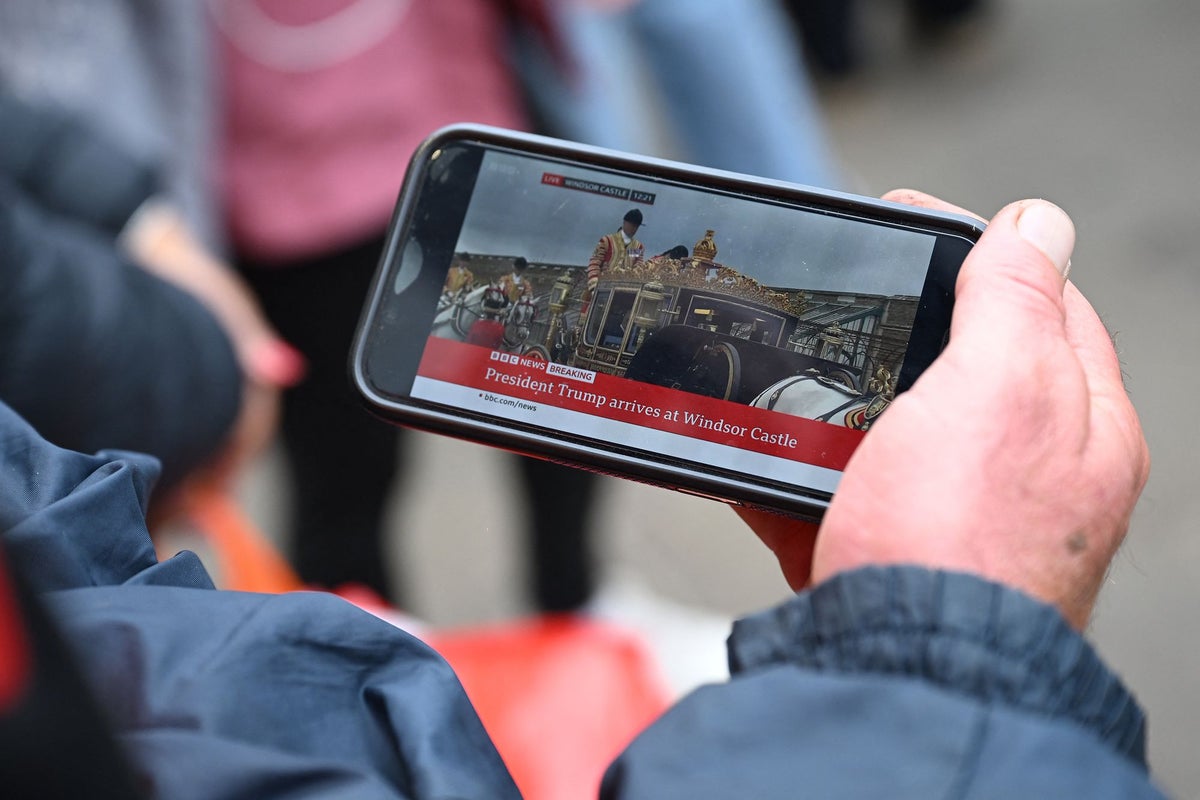




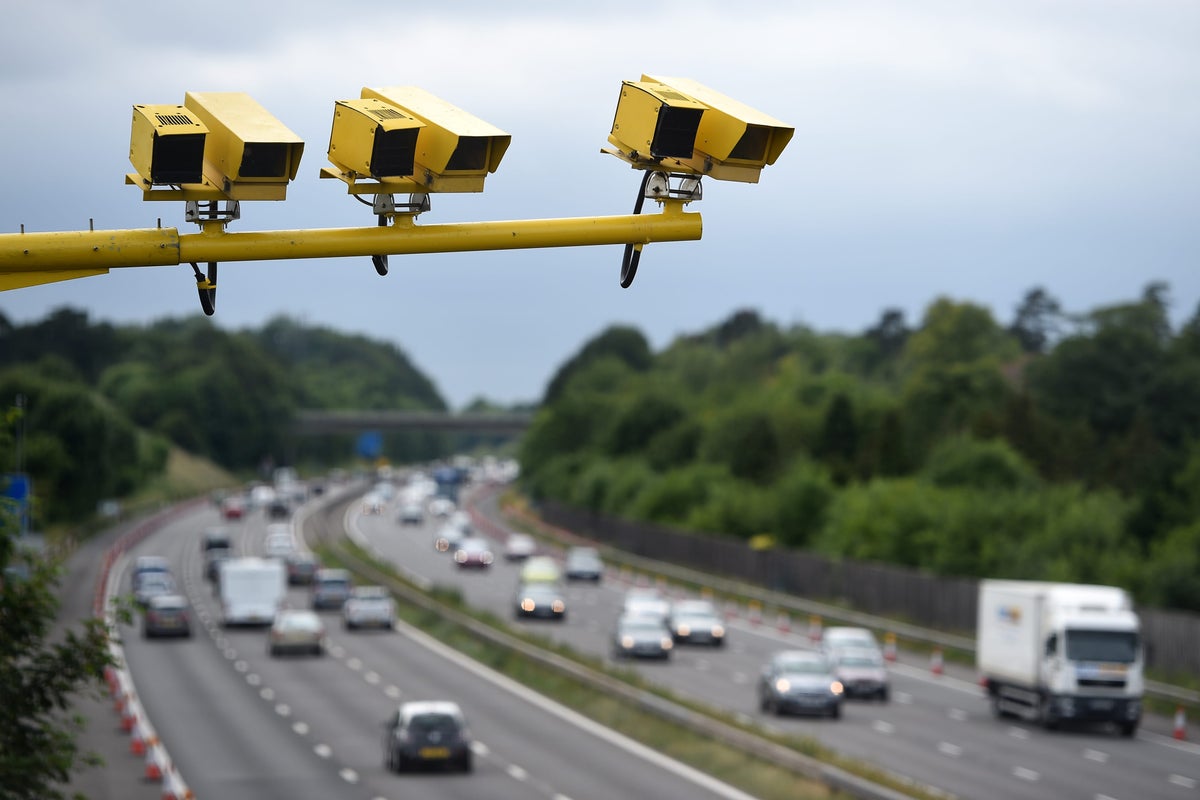
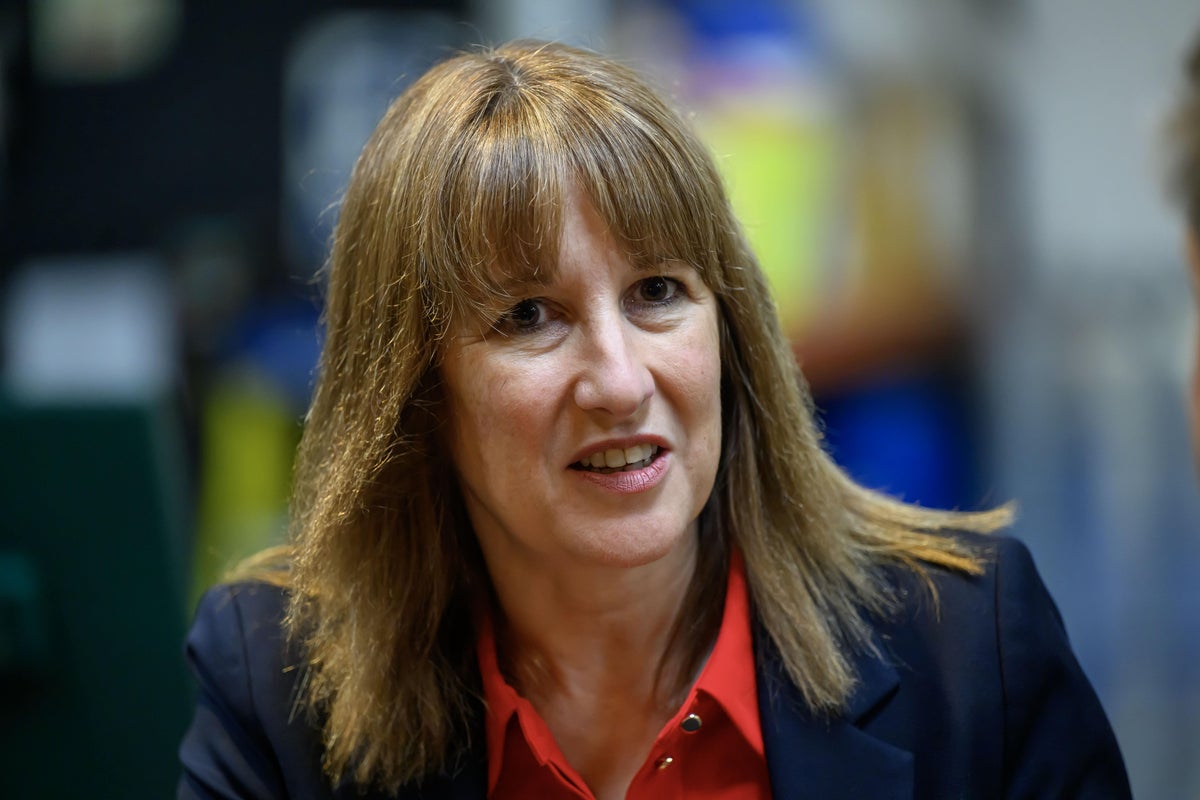





.jpeg)













 English (US) ·
English (US) ·